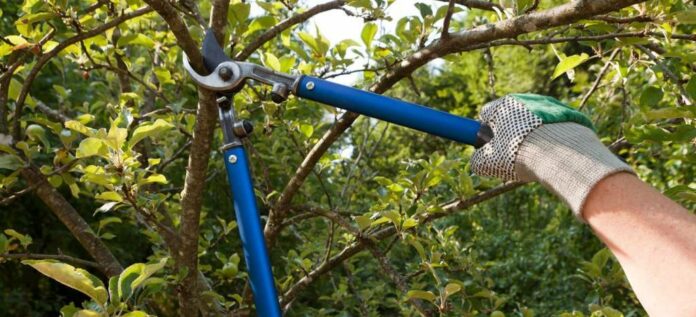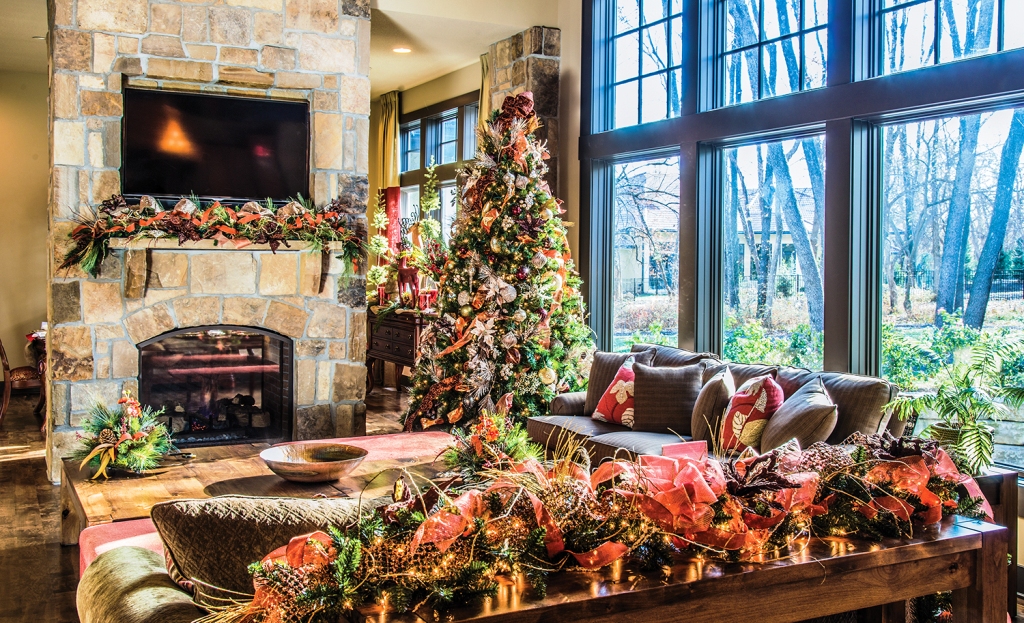Removing and trimming branches the right way is necessary to maintain the overall health of your trees. Learn simple techniques for tree pruning.
Just a quick update to this article as I want to talk about what tools you should use for trimming the larger tree branches.
It is very important to your trees health to maintain them correctly.
For thicker branches, that you need to regularly trim back you should use an electric chainsaw, either a corded electric chainsaw or a cordless electric chainsaw will be the best way to keep on top of your trees.
The cordless chainsaw offers the same power as the corded model but provides much more freedom whilst trimming branches which can be a big advantage if you have awkward or tight gaps you need to access to get at you overgrown branches.
These power tools can save you a good amount of money on your garden and there is plenty of choice with many of the big power tool manufacturers producing a wide range of sizes and power output electric chainsaws.
Some of the better brands that produce good quality electric chainsaws are Dewalt, Remingtons, WEN, Worx, Black+Decker Makita, and Ryobi.
Paint the siding, weed the garden, and prune the trees.
There’s no doubt that maintaining your home’s exterior means a large workload.
Homeowners are all faced with these challenges. Some go the extra mile while others let their home’s exterior get out of control.
But, you’re someone who gets the job done. And, as someone who can get the job done, you’ll need to know everything about tree pruning.
Tree pruning is a process that keeps your trees healthy, controlled, and safe. Trees can pose safety issues to you, your family, and your neighbors. So, procrastinating tree pruning won’t do.
For trees overgrowing near powerlines, you’ll need to call a professional. You can call your utility company as well to take care of the overgrowth.
Tree pruning is also beneficial for your home’s curb appeal. Out of control branches aren’t a good look. Nevermind having to walk under or around trees to reach your front door.
And forget waving to the neighbors as they walk by.
We all want our homes to look great. To get our homes in the best condition possible we’ll need some tree pruning tips and techniques. Read on to learn more about tree pruning.
Health, Safety, and Appearance: Tips for Tree Pruning
Are you in the market to sell your home? Do your neighbors continue to make off-handed remarks about your overgrown trees? Then, you need the best tree pruning tips to appease your neighbors and impress potential buyers.
Explore the following tree pruning tips and tricks to get the job done right the first time.
1. Your Tree’s Needs
Before you start pruning away, become familiar with your tree. First, learn what type of tree it is. Then, research its specific pruning care needs.
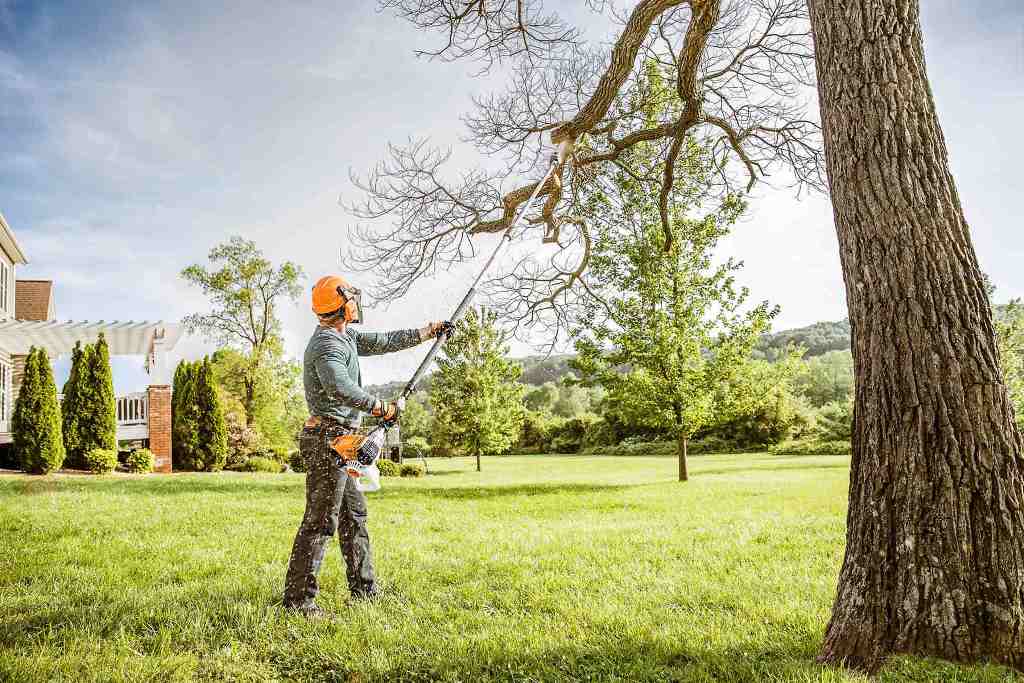
Your tree’s pruning schedule and needs could vary from this guide. To ensure your tree stays healthy, conduct more in-depth research about any tree you want to prune.
2. Evaluating Your Tree’s Location
Mature trees are easy selling points. The shade and beauty they provide are priceless. But, sometimes, hindsight is 20/20.
If you or the previous owner of your home planted a tree in an unsafe or improper location, you may need to remove it entirely. A tree that’s too big for the space may also need to be removed instead of pruned.
Learn more about the cost of tree removal by clicking the previous link.
Unsafe locations for a tree can include areas close to your home, your neighbor’s house, or power lines. Pruning can help these trees, but their heavy limbs may cause problems no matter how much you prune.
Tree roots can also cause damage to your home. To know if you need to remove a tree, consult a professional. A professional is also the best choice to remove the tree for safety purposes.
3. Light Pruning
Light pruning is equivalent to humans getting a trim. It’s far from a midlife crisis where we feel compelled to get a pixie haircut.
Light pruning can be completed at any time during the year. Light pruning involves trimming branches and removing dead branches. It is purely for correcting a tree’s current state.
It does not include shaping the tree, promoting new growth, or cutting safety purposes.
4. To Prune or Not to Prune?
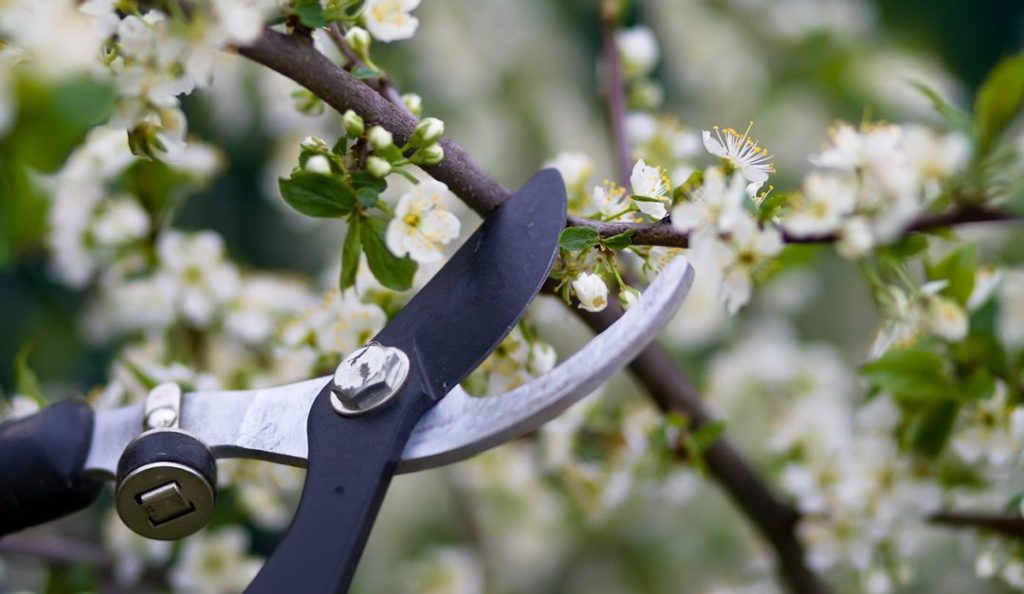
Heavy pruning needs to be completed at specific times during the year. If you don’t prune at the right time, your tree could get damaged.
Over pruning can also cause your tree to eventually die. This is because your tree will be working overtime to repair itself.
Death of a tree or shrub after pruning can be caused by improper cuts. Improper cuts can then lead to insect infestations. A weakened tree from over-pruning is also more susceptible to infestation.
If your tree flowers in the spring, prune it after the flowers begin to die. Prune summer-blooming trees in the early spring or winter. These rules, however, only apply to areas with four distinct seasons.
For warmer climates, consult with a professional to determine when you should trim your tree based on the type of tree you have.
5. Directing Growth
This might be something only homeowners say…but, the fun and engaging part of pruning is directing growth. And, even if you don’t have the skills of Edward Scissorhands, your trees and shrubs can still be impressive.
To direct the growth of your tree, you’ll first need to determine what direction you want it to grow in. For every cut you make, you’re encouraging the tree to grow in a different direction.
Directing growth is especially important for young trees.
Before making cuts, see the big picture. Don’t just start pruning as this can cause over-pruning on accident.
6. Tools Needed
Make room for a few more tools in your garage. The tools you need to prune depend on the thickness of the tree.
For thin tree branches, use hand shears. Trees with branches more than 11/2 inches in diameter will need loping shears or a pruning saw. For tree branches with more than 1-inch thickness in diameter and that are beyond your reach, use pole pruners.
Always be safe when pruning trees. Use safety goggles, gloves, and proper clothing and footwear.
7. Proper Pruning Cut
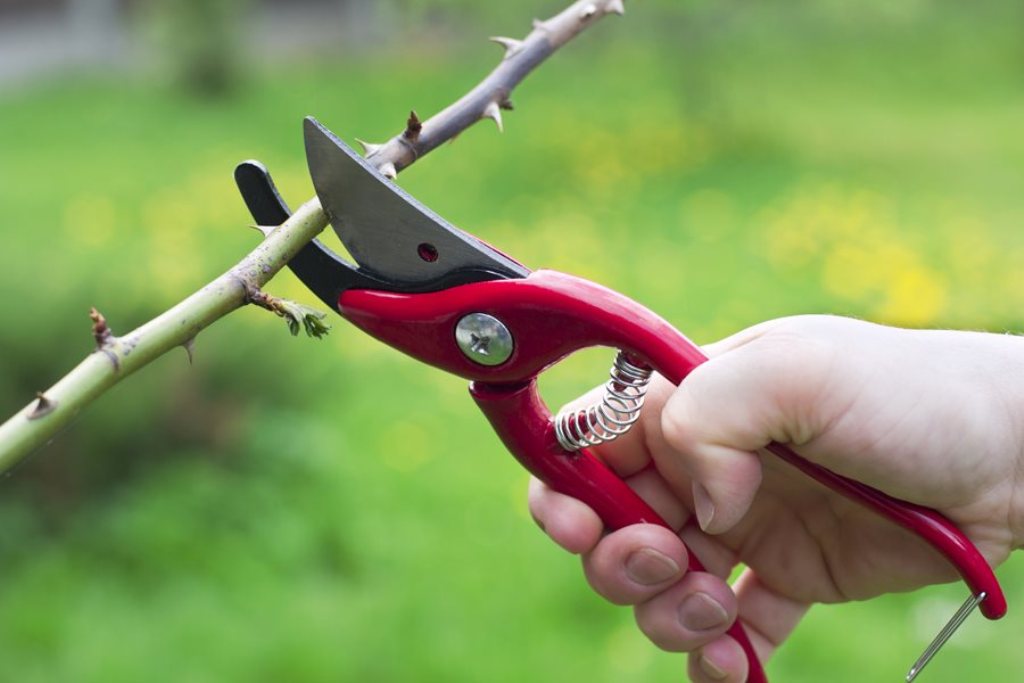
The four types of pruning cuts are pinching, thinning, heading, and shearing. Pinching, however, isn’t usually applicable to trees.
To cut off a branch, first, make a shallow underside cut four to five inches from the trunk. Then, cut the brunch two to three inches away from your first cut. This ensures that the branch falls without damaging the tree’s bark.
Lastly, make the final cut just outside of the area where the branch and trunk meet.
Tree Pruning: Hiring a Professional
Tree pruning isn’t for everyone. Don’t let the DIY culture get the best of you if you aren’t comfortable pruning your own trees.
Instead, call a professional. Call a company that will prune your trees and remove the branches. Hire someone who is experienced, reputable, and has the necessary business licenses.
The company should also have insurance and any other permits required. Find out more about a company by reading online reviews. Get multiple quotes and then select the company that best meets your needs and personality preferences.
Want to learn how to maintain your garden? Check out our blog post to learn more so your home’s curb appeal is on point.

